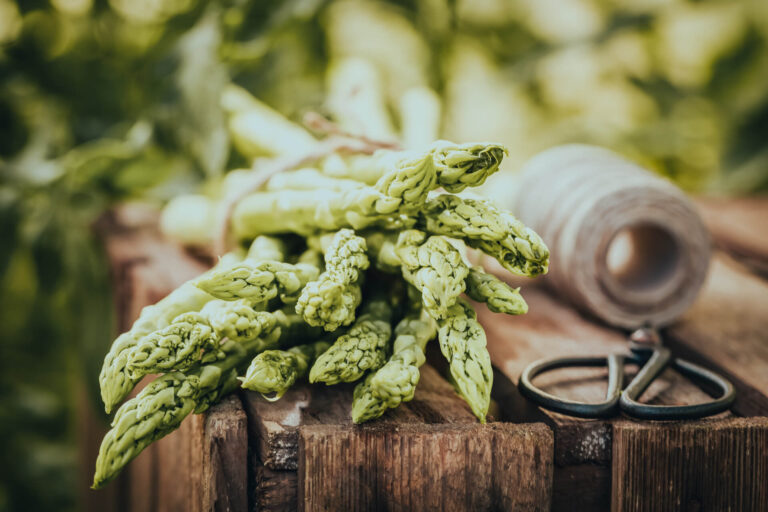Florentine zucchini
- OSF Orto

History
A specific variety of zucchini called Florentine zucchini is popular in Italian cuisine, particularly in Tuscany.
This variety is not well documented, but it is believed to have originated in the Liguria region of Italy and later gained popularity in Tuscany. In Italian, “Lunga Fiorentino” means “Florentine long,” which suggests it was first popularized in Florence or that it is a cultivar developed for the Tuscan climate.

Fun Facts
Florentine zucchini gets its name from Florence, the capital city of Tuscany, rather than from any particular type of Florentine cuisine.

Health Benefits
Florentine zucchini contains vitamins C and A, potassium, fiber, and other nutrients. Nutrients such as these contribute to healthy immune system, promote a healthy digestion, and support overall wellness.
Florentine zucchini is a great option for anyone trying to keep a healthy weight or reduce spending on their calorie intake because it is low in calories and high in water content.

When to Plant Florentine Zucchini
Depending on the local climate and weather conditions, Florentine zucchini can be planted outdoors from late April to early June. When planting, it is important to wait until the soil has warmed up and there is no risk of frost. The ideal temperature range for growing Florentine zucchini is between 64°F and 81°F (18°C and 27°C).
Additionally, the zucchini should be planted in a spot with full sun exposure and well-draining soil. In order for the seeds to grow properly, they should be planted about 0.7 to 1 inch (2 to 3cm) deep and separated by at least 20 inches (50cm).
Harvesting
Zucchini plants generally take 45 to 55 days to reach maturity and begin producing fruit after planting. Harvest season for Florentine zucchini is late spring through early fall, usually between May and October. Depending on the weather, planting time, and specific growing conditions, harvest timing may vary.

Companion Plants for Florentine Zucchini
The best companion plants for Florentine zucchini are corn, melon, lettuce, radish, peas, sunflowers, and marigolds.
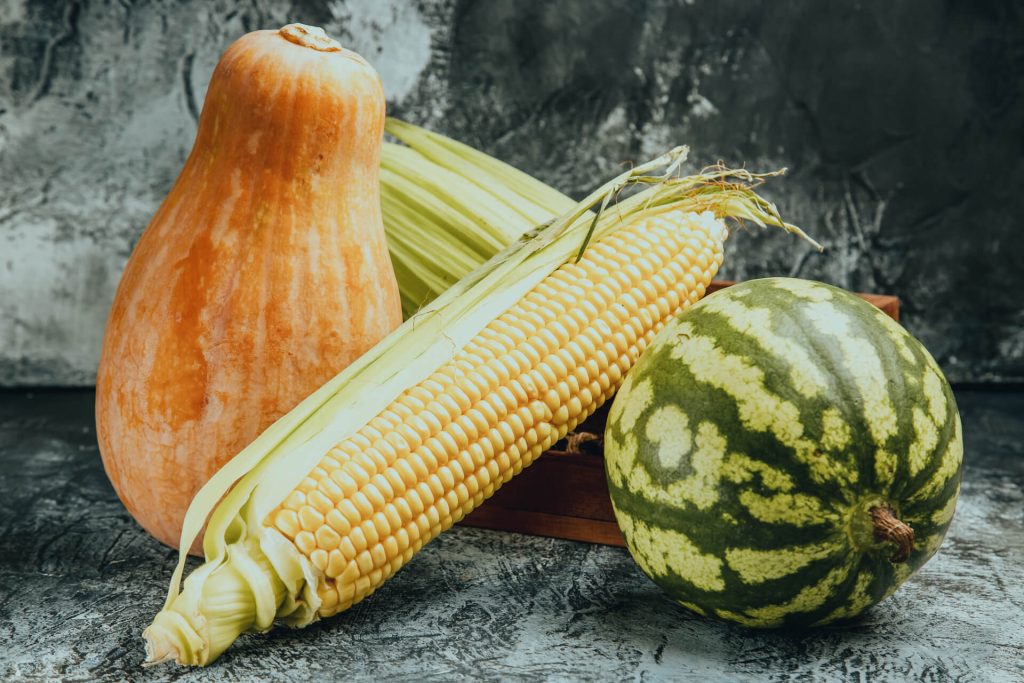
Summary
Florentine zucchini is a popular vegetable in Italian cuisine, particularly in Tuscany. It is believed to have originated in the Liguria region of Italy and gained popularity in Tuscany. It contains vitamins C and A, potassium, fiber, and other nutrients, and is low in calories and high in water content. It can be planted outdoors from late April to early June and should be planted in a spot with full sun exposure and well-draining soil. Harvest season is late spring through early fall, usually between May and October. Companion plants for Florentine zucchini include corn, melon, lettuce, radish, peas, sunflowers, and marigolds.




